The Music Department in the 1950s
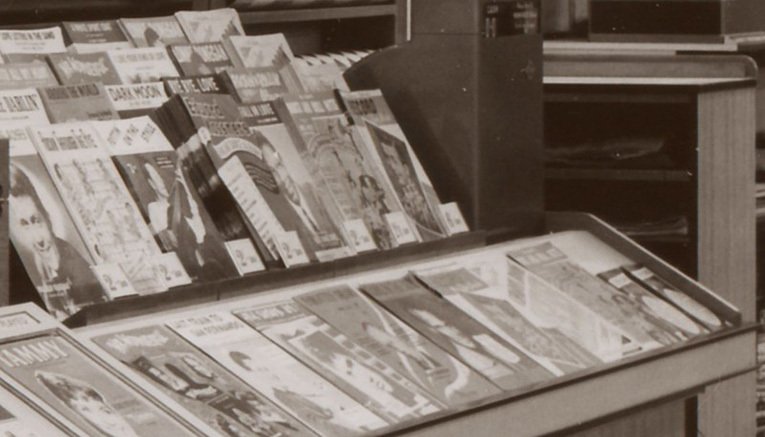
Woolworth was forced to abandon the sale of gramophone records in 1937 when the rising cost of raw materials eroded the margin. The chain was unwilling to breach its self-imposed sixpenny price limit. However the stores continued to stock sheet music, mouth organs and recorders. Many homes had a piano in the parlour and families often gathered around it for a sing-song. Many went to Woolworth for sheets of popular songs for sixpence and, after 1940, compilation booklets at prices of up to half a crown (12½p).
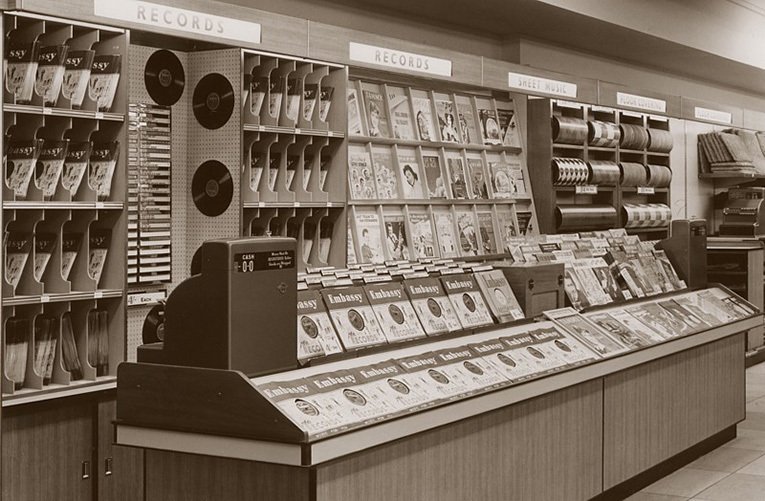
In the early 1950s the chain received many requests for gramophone records. Older customers remembered the ranges of the Twenties and Thirties and suggested a comeback. Executives felt that times had changed and that the old mix of dance bands, comedy songs and recordings of programmes originally broadcast on BBC Radio would be too dated. They recognised a trend for more up-to-date tunes and looked for a way of joining in. They invited suggestions from suppliers, and in 1954 accepted a proposal from Oriole Records to introduce a new exclusive label into the High Street stores. Oriole had enjoyed some success with the new pop and proposed a radical departure. Woolworth would stock cover versions of the hits of the day, released to coincide with the 'real thing' but recorded by a sound-alike artist from their pool of talent. Each disc would be properly orchestrated and would be recorded in their state-of-the-art studios in New Bond Street, in Mayfair W1, just a few doors from the Woolworth headquarters. It would be offered at under half the price of the chart title.
Woolworth invested in new fixtures to display and sell the records. The largest branches were given listening booths to allow them to compete head-to-head with specialist music shops.
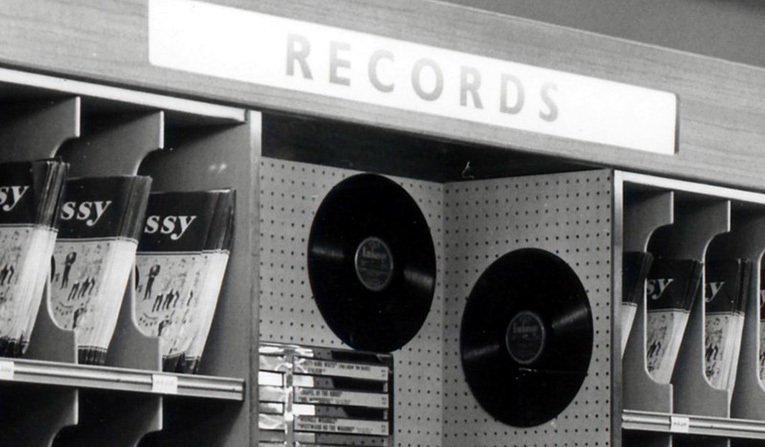
Oriole went to great lengths to find out all they could about the planned hit song. Where possible they spoke to the arranger to get hold of a copy of the precise orchestration, as well as arranging to licence the song from the composer and lyric writer or other copyright holder. This helped to ensure that the cover sounded like the original and could be placed on sale on the same day that the hit was released. The early discs were 78rpm records and were sold for four shillings (20p) each.
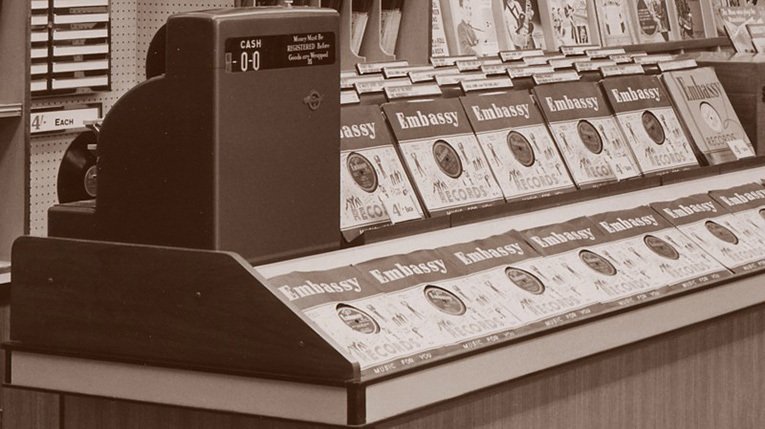
From 1954-58 Embassy offered ten inch (approx 25cm) 78 rpm records made of shellac bakerlite. The sound quality was remarkable. The firm was quick to embrace the new vinyl 45rpm format when it became available, and for a spell between 1958 and 1961 offered the two formats side-by-side. As the technology developed they were also able to offer an extended play format with four songs on a single seven inch (17.5cm) 45pm disc.
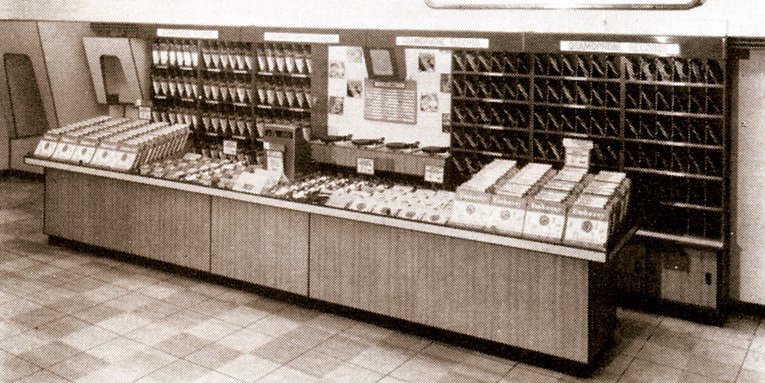
The best singles on the label were also compiled onto LPs, which provided a growing catalogue of almost 100 albums by 1963.
Want to hear what all the fuss was about? Try our 1950s, 1960s or 1970s Juke Box features.
Navigation Links
Pictures, artificial flowers and fancy goods
Christmas cards and decorations
Children's, Men's and Ladies' Fashions
Shortcuts to related content
1950s Gallery
H.M. Queen Elizabeth II's Coronation
Fiftieth birthday celebrations
Museum Navigation